|
|||||||
|
|
|
|||||
|
|
|||||||
ranks
Officer Cadet
Officer cadets have no rank cylinders because they are in training and are not assigned to any post. They do not need security access.
Second Lieutenant

A second lieutenant is the lowest commissioned rank in the Imperial Army. Status as a working officer would require the possession of at least one rank cylinder. A second lieutenant is equal in status to a naval acting Sub Lieutenant.
Lieutenant
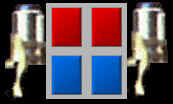
An Army Lieutenant commands a Platoon, which normally consists of four squads. Army Lieutenants are equal to a naval Sub-Lieutenant. For the sake of clarity, this kind of Lieutenant is sometimes called a First Lieutenant, in reference to a Second Lieutenant.
Captain
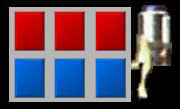
An Army captain commands a company, which usually consists of four platoons. Army captains are equal in status to a naval lieutenant.
Major
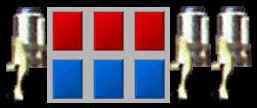
A Major commands a battalion. The rank of Major is equivalent to the naval rank of Lieutenant Commander.
Lieutenant Colonel
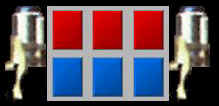
A lieutenant colonel is of the same status as a naval commander and therefore must have equivalent insignia. An army regiment is commanded by a lieutenant colonel.
Colonel

A colonel is exactly equivalent in rank to a naval Captain and therefore must have exactly the same insignia. This rank is immediately above Lieutenant Colonel, and immediately below High Colonel.
High Colonel

A High Colonel commands a battle group, a unit which is equivalent to the Old Republic's divisions. This kind of unit consists of several regiments. A high colonel is equal in rank to a naval "Captain of the Line".
Brigadier
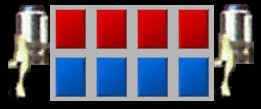
A brigadier is the Army counterpart to a naval Commodore, and he commands a brigade.
Major General

A Major General commands a Corps, consisting of several battle groups. In practice the Corps is one of the most important levels of organization in the Imperial Army. Cooperation with the Navy is best at this level of command, and the Army's standard transport ships are built to accommodate a Corps each. The Corps is also the lowest level at which Imperial Intelligence is represented in the command structure, with one representative.
The standard Imperial Army garrison is based upon the Corps Headquarters, although relatively few garrisons are equipped with a full Corps. Consequently, Corps HQ are more common than Corps themselves, and major generals are more abundant than their moderately high status would suggest. This is done so that garrisoned planets have a suitable command structure in place to coordinate Corps-level action in an emergency.
Lieutenant General

A Lieutenant general is equivalent to the naval rank of Vice-Admiral.
General

A General commands an Army. A standard Army consists of four Corps. At the height of the Galactic Empire Armies rarely saw combat as a single unit, although this preference naturally changed as the Galactic Civil War increased in ferocity. A naval Troop Squadron carries an entire Army.
High General
 A
A
General commands a Systems Army and usually answers to no authority other than the appropriate Moff or Grand Moff. As a whole a Systems Army rarely sees action; rather it is an administrative unit existing for the sake of coordinating its constituent units amongst themselves and in cooperation with other military units of the same sector.
Surface Marshall

A Surface Marshall commands a Sector Army. The title is the Army equivalent of the High Admiral; it usually is held by the Moff of the particular sector but this role may be delegated to a subordinate officer. A Sector Army is transported by a naval Assault Fleet.
Grand General
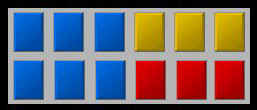
This is an Army equivalent of the Imperial Navy's Grand Admiral rank and holds the same powers as its Navy equivalent.